Contents
Common types of cargo ships in sea transaction

Sea transportation relies on a variety of cargo vessels, each tailored to specific cargo types and logistical needs. Understanding the common types of cargo vessels is essential for efficient and reliable maritime shipping. From container ships designed for standardized cargo to bulk carriers specializing in grains and ores, this introduction provides a glimpse into the diverse world of sea transportation vessels, highlighting their unique characteristics and roles in facilitating global trade.
Cargo ship
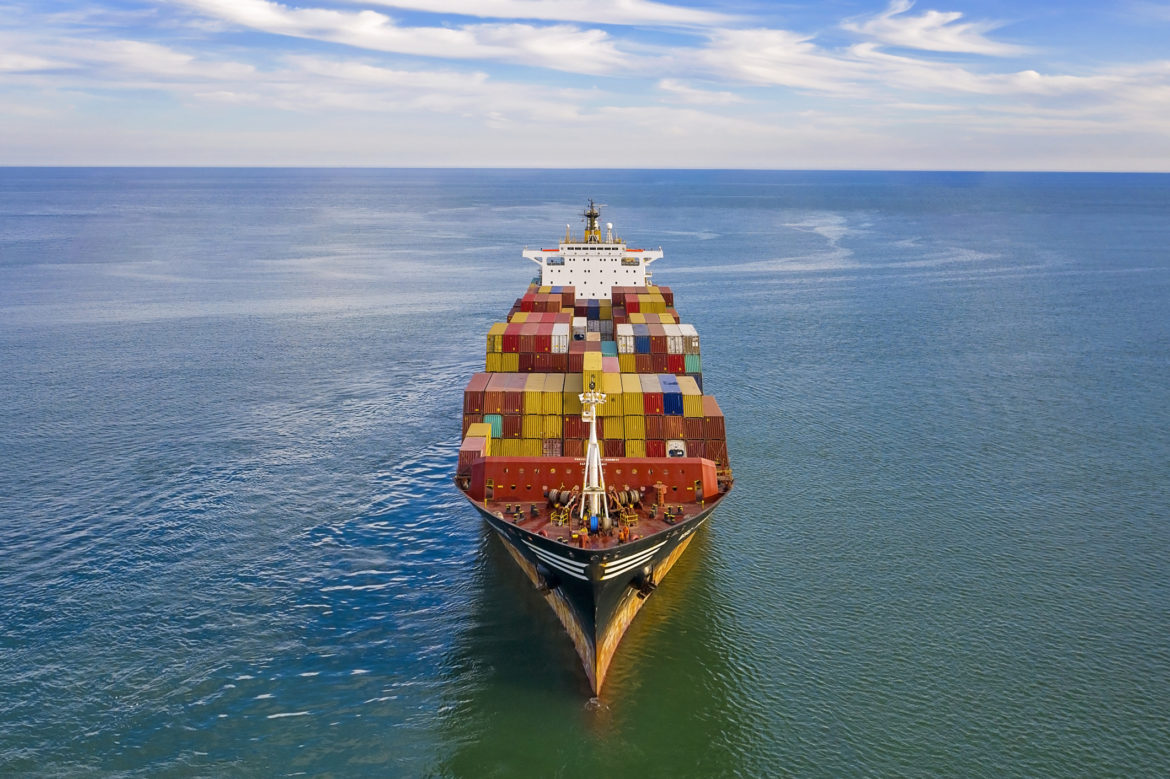
A general cargo ship is a large, seafaring vessel designed for transporting bulk commodities such as grains, ores, and minerals. Unlike tankers or oil supertankers, these sizable vessels are not tailored for specific types of cargo but are instead constructed to safely and efficiently transport a wide range of goods. Characterized by a long, narrow shape and a low profile, these ships possess a shallow draft, allowing them to operate in shallow waters and access inland waterways and ports that are impractical for larger, conventional cargo vessels.
Container Ships
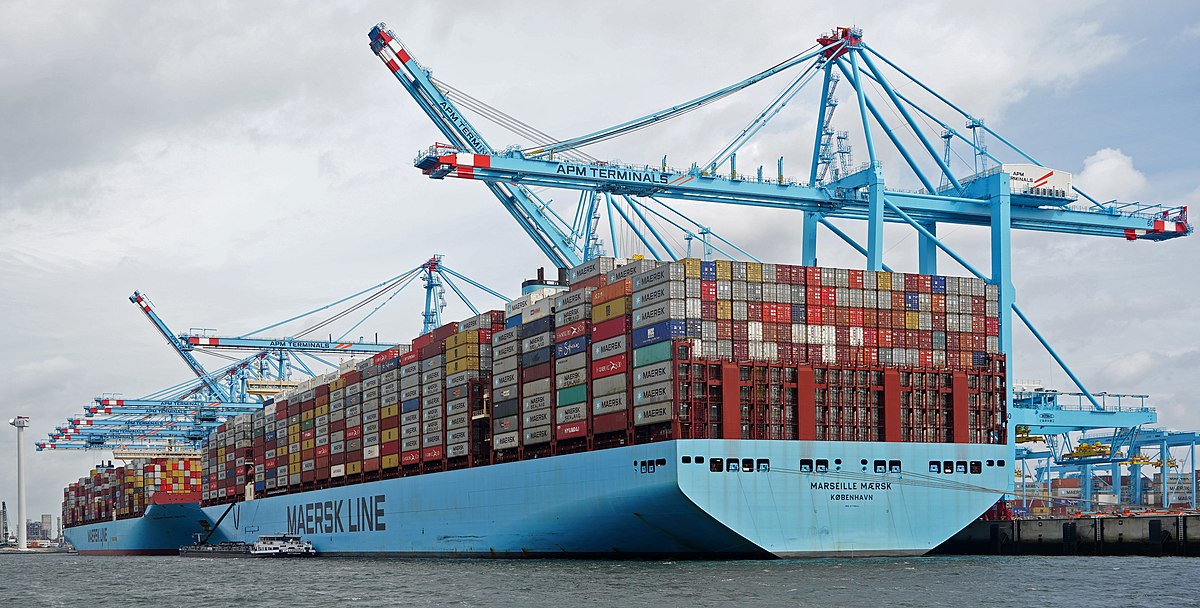
Container ships are extensive maritime vessels with a capacity ranging from 40,000 to 50,000 tons, employed for global cargo transportation. Not only utilized for commercial purposes, but they are also adaptable for recreational activities such as fishing and diving. The largest container ships can reach lengths of 380 feet and widths of 98 feet, requiring substantial water volume for operation, equivalent to approximately three Olympic-sized swimming pools per foot of ship length.
Bulk Carriers

Bulk carriers, distinct from container ships, specialize in transporting large quantities of bulk cargo like grain or ore. Outweighing container ships, they can range from a few dozen to a few hundred cargo containers. These vessels play a crucial role in global trade, featuring deep hulls for secure long-distance cargo transport and exceptional stability with tight turning radii, enabling confident docking at various wharves.
Oil Tankers
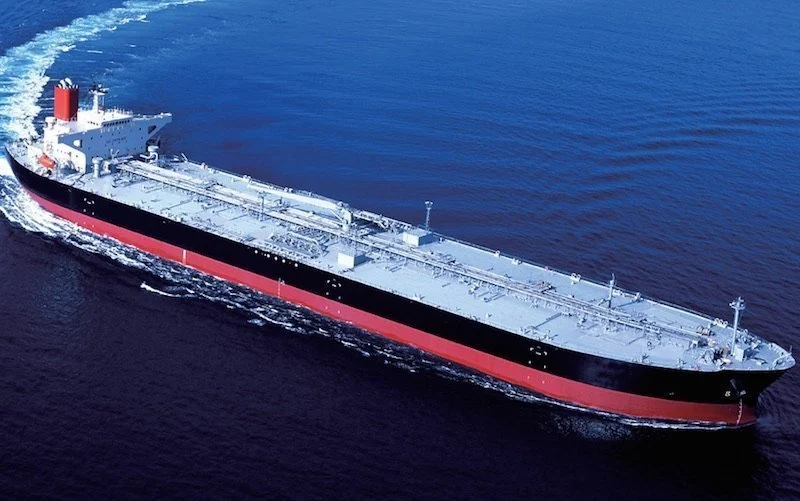
Oil tankers, designed for transporting crude oil or petroleum products, vary in size from 5,000 to 40,000 deadweight tons. Equipped with double hulls and specialized navigation equipment, these vessels have two rudders, propellers, and are built to endure the challenges of long-distance heavy cargo transport. The largest oil tanker globally, the “Seafarer,” has a capacity of 242,000 barrels.
Gas Carriers
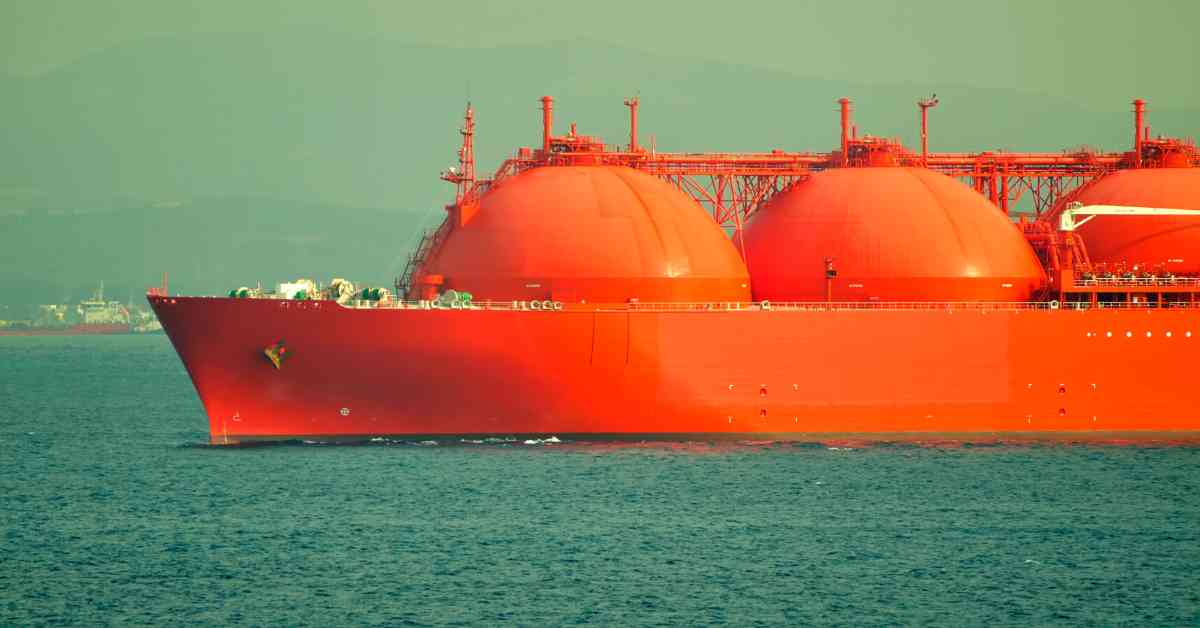
Gas carriers, resembling large semi-trailer trucks with attached tanks, specialize in hauling fuel and are often used for transporting hazardous materials. Differing from tanker trucks, they can carry large quantities of gasoline or other fuels, catering to retail and wholesale distribution, pipeline transportation, and individual consumers with underground storage tanks.
Reefer Vessels

Reefer vessels are specialized containers designed to transport fresh fruit and produce in refrigerated conditions. Typically 40 feet long with a capacity of 200 cubic feet, these containers maintain the quality of perishable cargo during sea-based transportation.
Ro-Ro Ships

Roll-on/Roll-off (Ro-Ro) ships operate on rivers and coastal inlets, designed for easy loading and unloading of vehicles. Vehicles can drive or be pushed onto the boat using ramps, making them suitable for transporting automobiles, trucks, buses, and even trains.
Livestock Vessels

Livestock vessels are large, round, domed containers designed for transporting animals such as cattle, sheep, pigs, goats, and horses. These vessels, made of thick, rugged steel, come in various sizes and are sealed with lids for loading and transportation.
Self-Propelled Cargo Ships
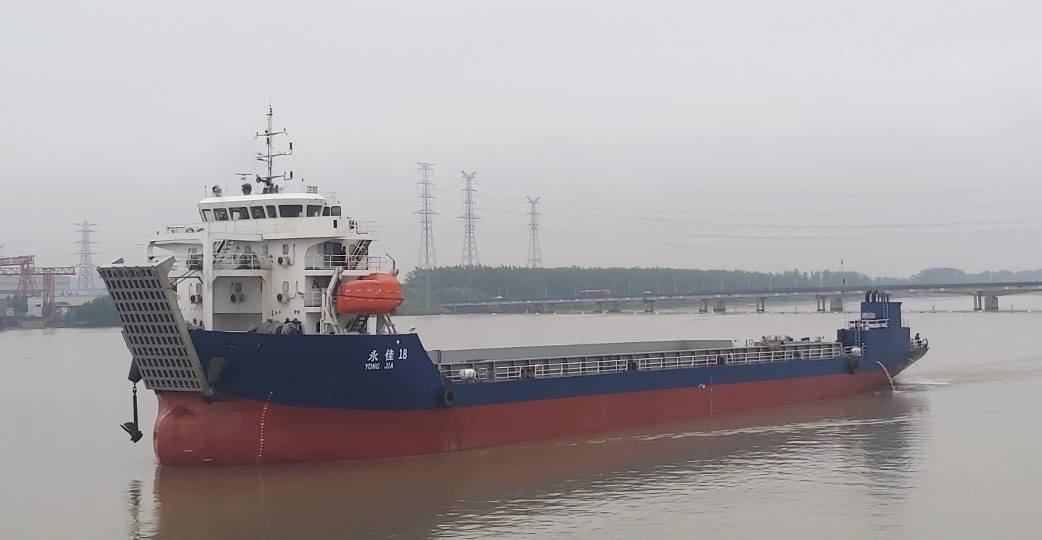
Self-propelled cargo ships, propelled by large diesel engines, are ideal for long-distance cargo transport and military purposes. These robust vessels are equipped with massive tires for traction and can overcome obstacles in their path.
Dry Cargo Ships
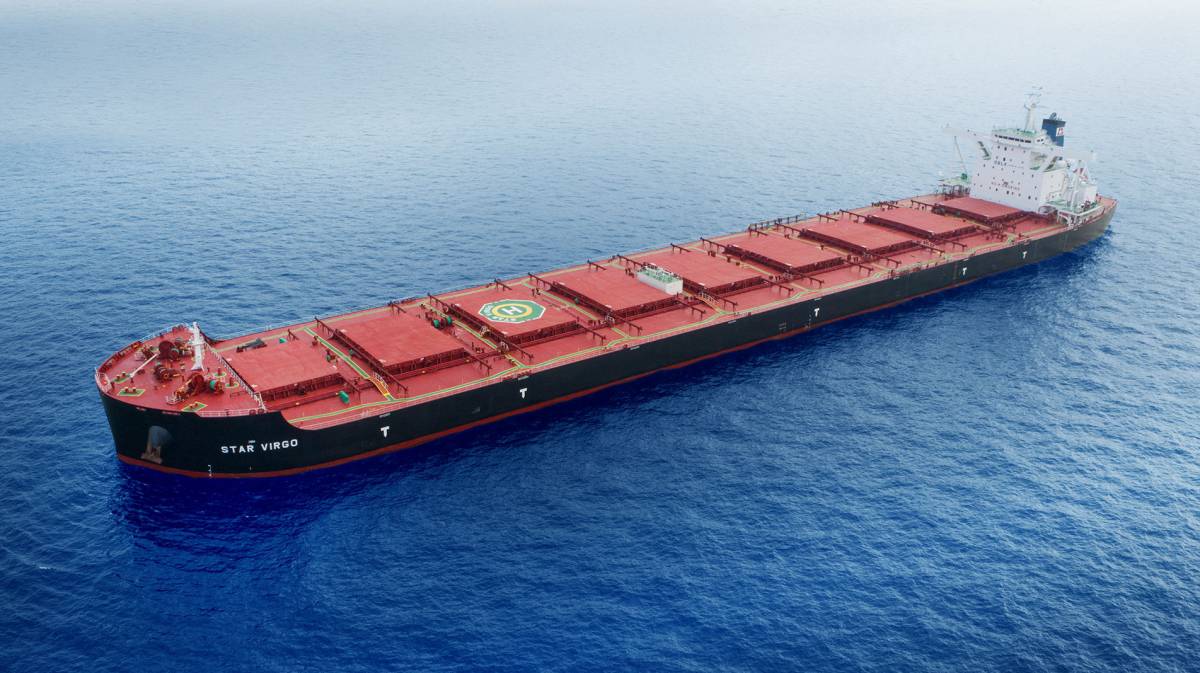
Dry cargo ships, ocean-going vessels designed to transport diverse dry goods, have large hulls and spacious cargo holds, making them suitable for carrying bulk cargoes such as grain, building materials, steel, and pharmaceuticals.
In conclusion, cargo ships play a crucial role in global trade, transporting goods across oceans and connecting economies. Their diverse types cater to various cargo needs, ensuring the efficiency and reliability of the shipping industry.
Conclusion
In conclusion, the diverse array of cargo vessels in sea transportation plays a pivotal role in connecting economies and facilitating global trade. From the versatility of container ships to the specialized roles of bulk carriers, oil tankers, and other vessels, each type serves a unique purpose in the intricate web of maritime logistics. As we navigate the vast oceans of international commerce, the understanding of these common cargo vessels becomes paramount for ensuring the efficiency, reliability, and sustainability of sea transportation. Embracing the nuances of these maritime workhorses is essential for businesses, shipping companies, and the world at large as we continue to rely on the seas as a lifeline for the movement of goods across borders.
See more:
- Exporting rice from Da Nang to Indonesia
- Express Delivery Clothes from Vietnam to Australia
- Retail Wholesale fruit export Da Lat Dryer with Bestcargo
